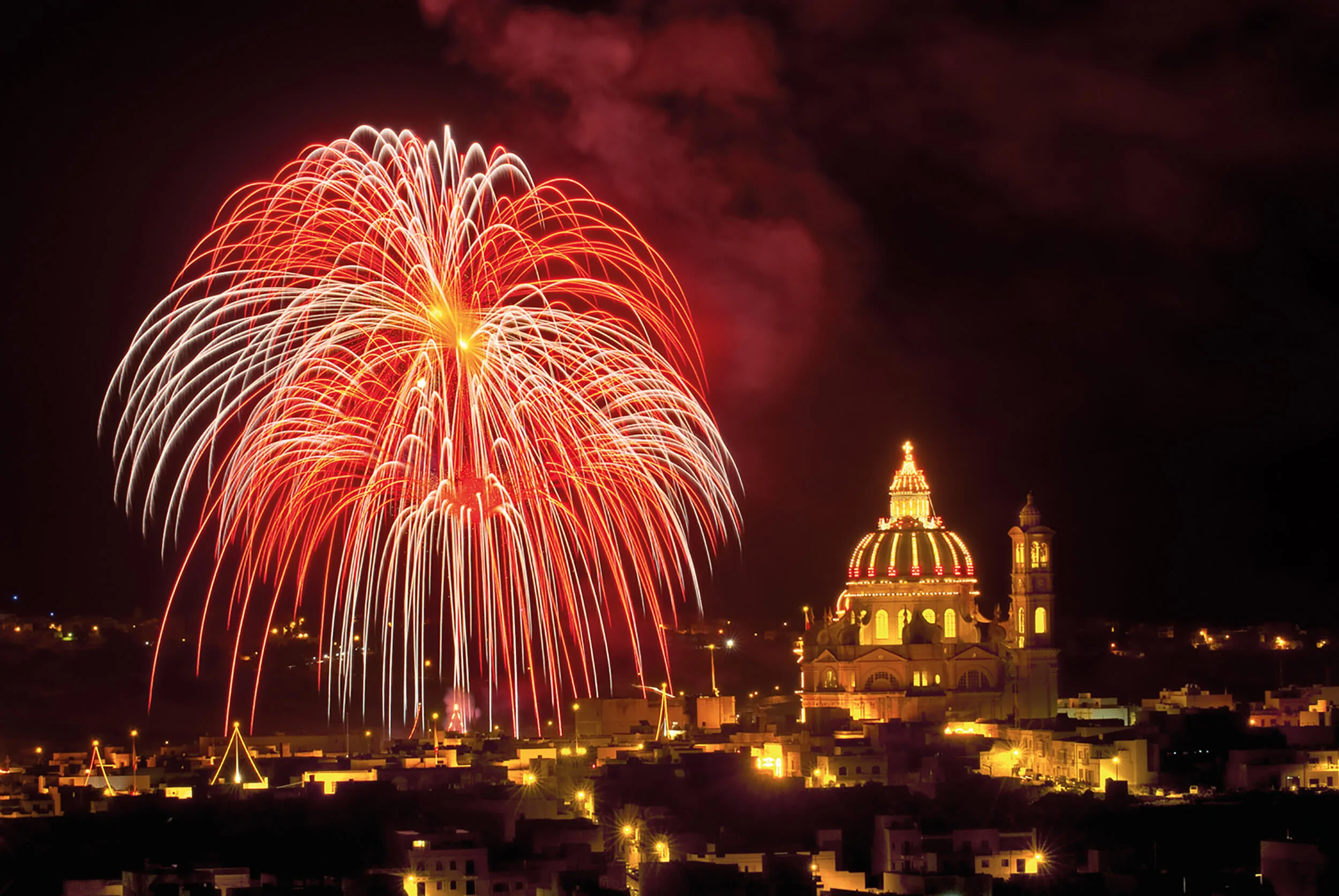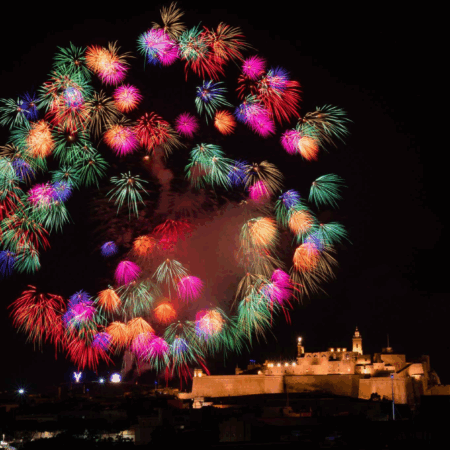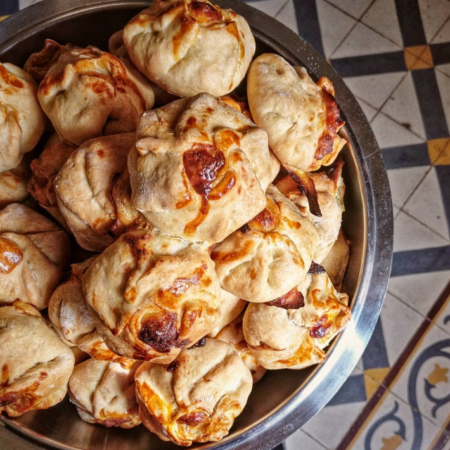Nobody does celebrations quite like the Maltese and Gozitans!
During the balmy summer months in Malta and Gozo, not a weekend goes by when there isn’t a town or village celebrating their patron saint’s feast day. The bright hues, loud sounds and gunpowder smells of fireworks fill the air, and the streets are chock-a-block with people singing, dancing and buying food and drinks from one of the many colourful carts dotted all over the town’s main square.
Yes, the annual festa is probably the most-awaited and prepared-for event in towns and villages all over the islands. And they are all celebrations that date back to the 16th century at least.
In its early days, these titular feast festivities were rather more sober than they are now. Each chapel’s patron saint’s day of devotion would be marked by a special mass, after which the villagers would distribute bread, wine and nougat to the poor who used to travel to the chapel specially to receive nourishment.
Though, initially, the festivities were brief affairs, they eventually started getting longer and longer, and today last up to a week. The original celebrations consisted of a couple of traditional musical instruments like the fifra (cane whistle flute), a bonfire and the firing of a few maskli (rudimentary fireworks made of metal blocks, filled with gun powder and stone dust) being played.
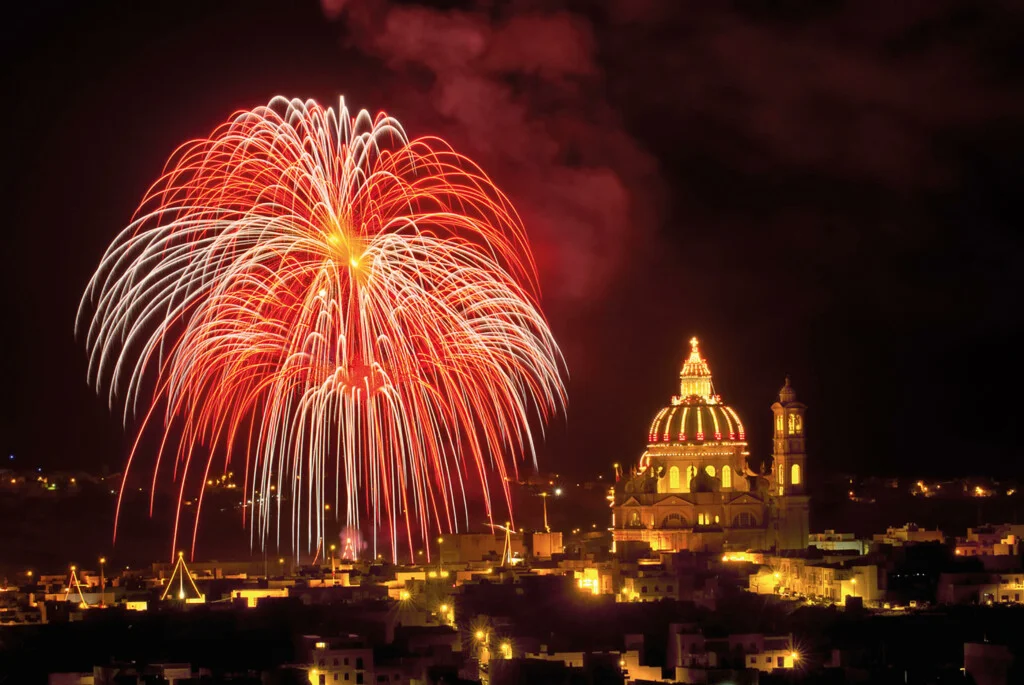
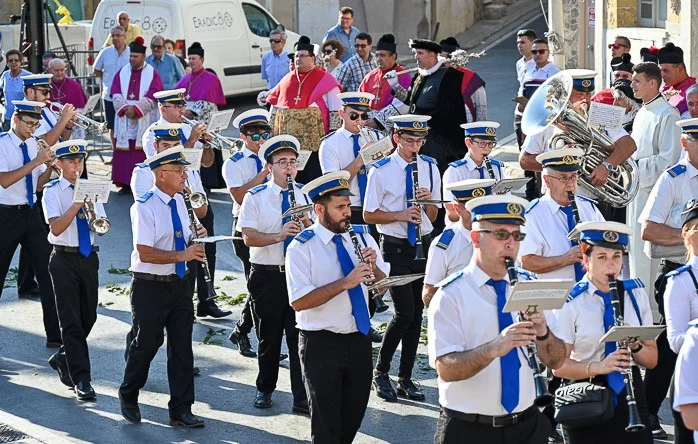
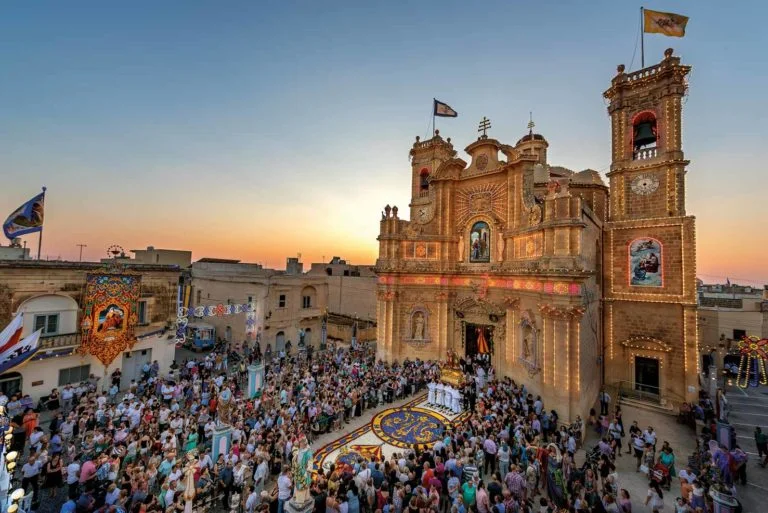
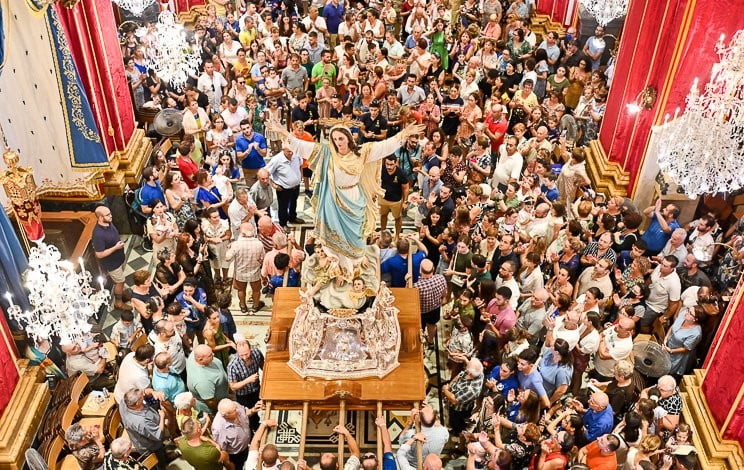
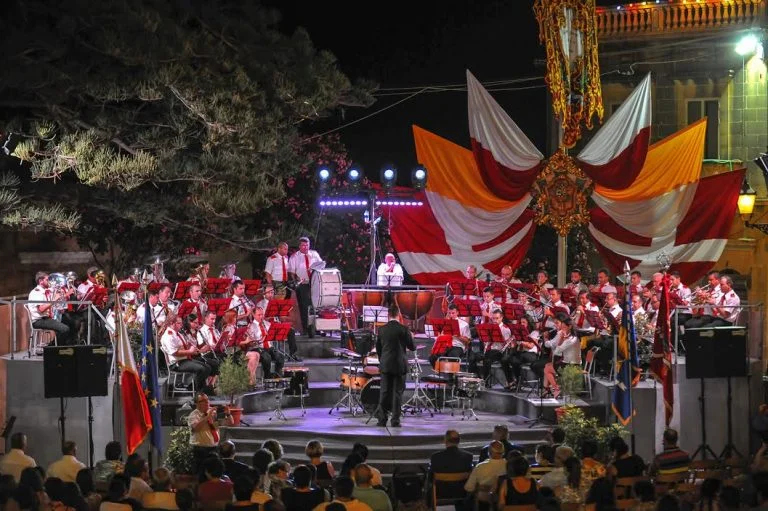
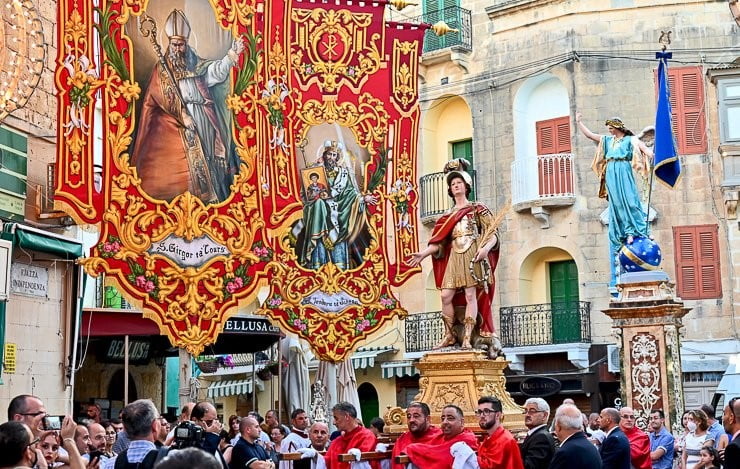
Then, in the 17th century, village parishes began to be set up on Gozo; starting with Xewkija in 1678, followed closely by Gharb a year later, and Sannat, Xaghra, Nadur and Zebbug in 1688. Once this happened, the festivities’ growth steadily increased and, by the 19th century, things were in full swing. Village bands started being formed around this time too, and the rise of band clubs in each locality was a great contribution to the development of the festa.
If we follow the growth of the Gozitan feasts, we see that, by the 19th century, the Fruit and Vegetable Fair held every year in Victoria, grew into large exhibitions of agriculture, industry and culture. As time went on, a similar exhibition started being organised in the village of Nadur.
Horse races were a very important part of the festivities too. These were greatly encouraged by the powers-that-were as they encouraged the villagers to look after the Cavalry’s horses. The winner of the races would be presented with a palju (a damask banner) and this was a great honour.
In time, the festa became more organised and the outdoor activities spread over three days. Other villages also started expanding their own festas too. Horse races began to be held all over Gozo, band clubs were founded in different villages and more activities started to be organised.
Street decorations began to develop too. Initially, illumination would come from coloured oil lamps that would be hung on the church facade, and cups with burning oil were suspended off metal arches lining the streets. Then, in 1925, Gozo got electricity, and decorative street lights were connected to a generator. After the 1960s, Gozo was finally hooked up to the national electricity grid and street decorations developed into the stunning array of colour and design we are used to today. Flags and banners have always filled the streets on festa day; eventually, trophies and decorated columns were added too.
Food and drink have also been an important part of the festa throughout. In the early days, nougat, pasti (locally-made sweets) and water from a large pitcher were your choice of nourishment during the festa, however you could buy wine and brandy from bars around the town. Every family would also have a special festa meal at home. Nowadays, you can eat your fill of all manner of fast foods – however, the Qubbajt Carts are still a staple at all festi.
Back during the early days of the festa there wasn’t much around in the way of evening entertainment throughout the rest of the year, so attending other villages’ feasts was pretty much a very exciting thing. People would travel on horse-drawn carts, some of which were specifically built for the purpose of visiting neighbouring festi. This lasted up until the 1920s at which point the bus system was introduced.
Now outdoor festivities have settled down to being mostly concentrated on the final three days. On the third-from-last-day a band march around the village is held. A statue is carried shoulder-high through the streets and hoisted on a special column. This is called the dimonstrazzjoni – a demonstration of devotion by the band and the villagers – and it officially closes off the street decorations.
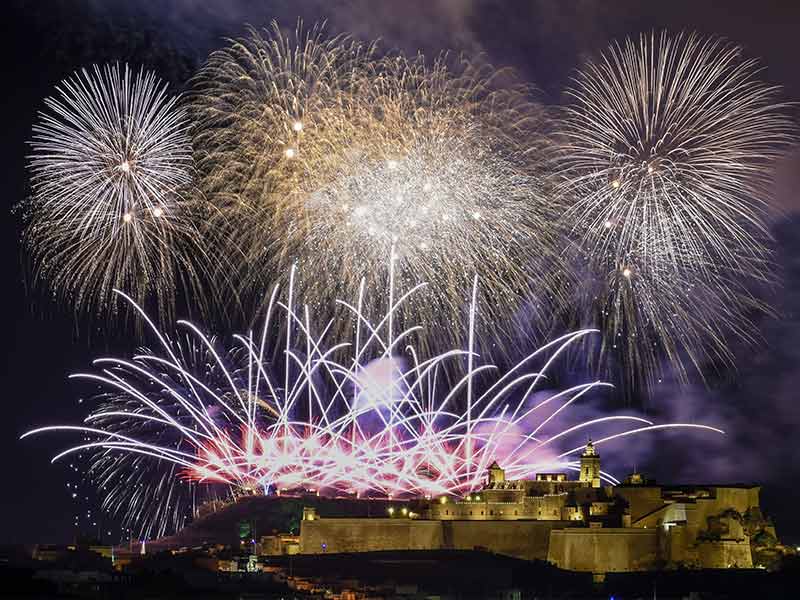
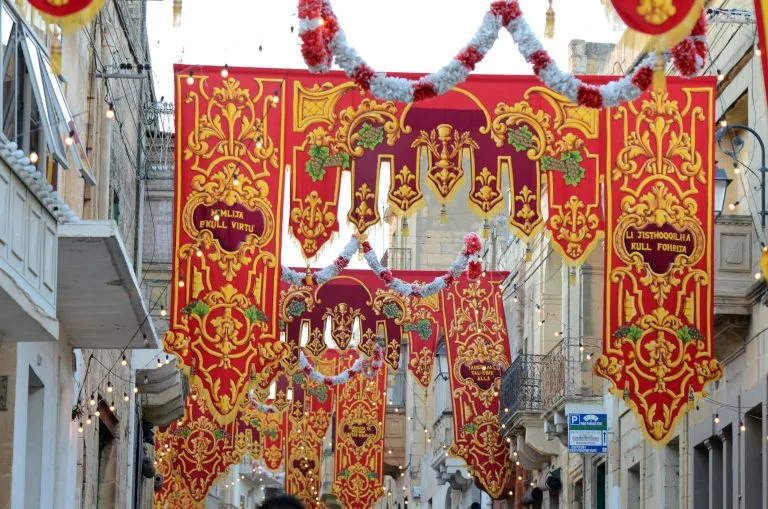
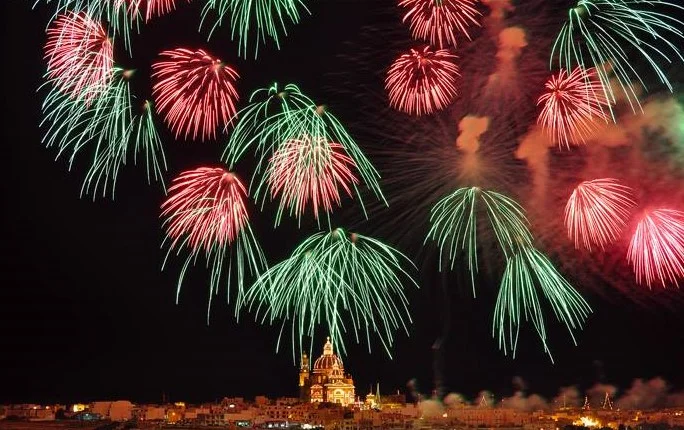
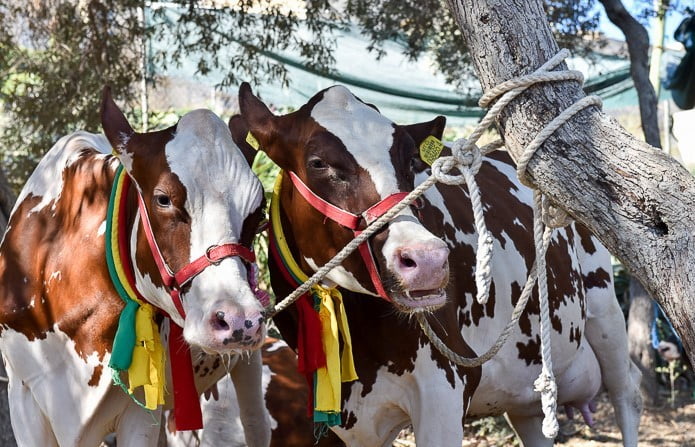
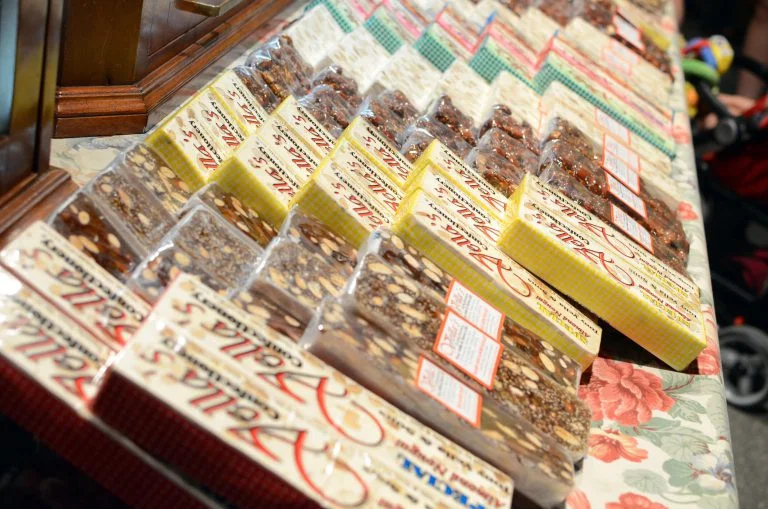
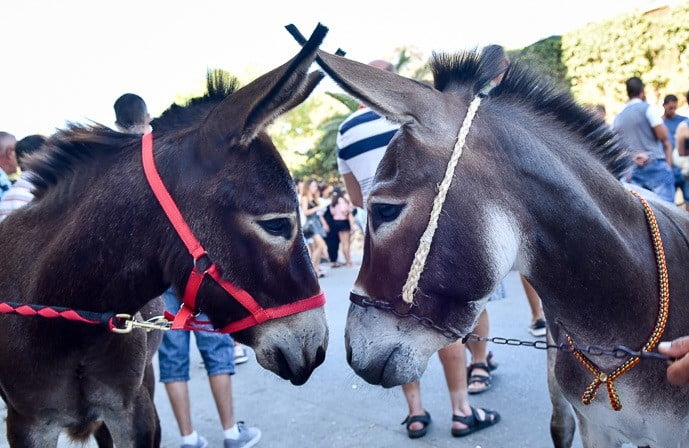
The penultimate day (Lejliet il-Festa) sees another band march where the banner (palju), which will be awarded to the winner of the horse race, is paraded through the streets. In the past, this palju would be carried on the feast day down to the local barakka, where the race’s judges would be.
In the evening there is a display of fireworks – both ground (tal-art) and aerial (tal-ajru). Fireworks spectacularly took off in the 20th century when coloured ones were introduced.
The day of the feast itself, is the culmination of months of preparation and excitement. The most important celebration to discuss on this day is the procession, and, for several village feasts, this used to take place in the morning. Nowadays, all festa processions are held in the evening. The final procession is the only part of the outside activities organised by the church itself. It is led by the members of the clergy and a statue of the titular saint is carried round the streets.
Many have argued the relevance of a festa in modern times and question whether the true meaning, that of honouring the patron saint, has been lost. However, for many Maltese and Gozitans, the festa means much more than just an excuse to party. Thousands of locals are exceedingly devoted to their patron saint, and also very proud of their hometown or village.
Thus the festa is a way of expressing their devotion to their church and parish; they work for months on end – sewing banners, preparing fireworks, practicing for band marches; it’s the highlight of the year for many. It’s also a spectacular event which even non-devotees flock to, and we can rest assured that the festa shall continue to reign for many generations to come.
